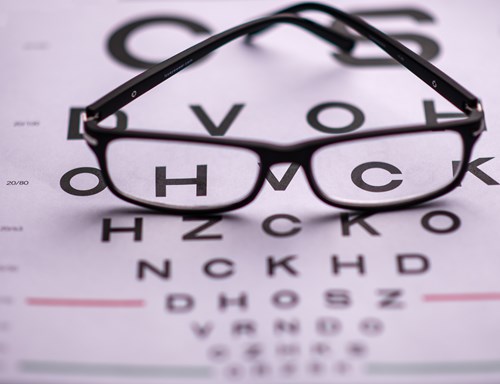As health care systems and payors increasingly focus on quality measures and access to care, there is a need to bring services closer to patients, thereby improving the patient experience and combating rising health care costs.

Diabetes is currently the leading cause of blindness in working age adults, and the prevalence of diabetes in the United States continues to rise. Unfortunately, while more than half of diabetic patients will develop diabetic retinopathy, less than half of insured diabetic patients get an annual eye exam to screen for diabetic retinopathy. Patients fail to get their examination done for a number of reasons including lack of awareness, lack of symptoms, and limited access to care. Improving compliance with diabetic eye exams is critical, as studies have shown that 95 percent of the blindness and vision loss caused by diabetes is preventable through early diagnosis and intervention.
HEDIS quality scores, HCO ratings, quality bonuses, risk adjustment factors, and value-based contracts have all been developed and used in an attempt to improve the rates of diabetic eye examinations. Teleretinal imaging systems have been around since the early 2000’s to expand the reach of the doctor to non-traditional care settings, however, they have not significantly moved the needle for patient compliance.
Why haven’t teleretinal screening programs been more successful?
Many lessons have been learned regarding the implementation of diabetic retinal screening programs. Most standard retinal cameras and handheld cameras have been designed for use by skilled imagers or on patients with dilated pupils, limiting their use to trained staff at eye care clinics. Utilizing such cameras in a primary care or non-traditional eye care setting can often lead to lower quality images, frustrated and discouraged staff members, and a program that loses momentum. A successful diabetic screening program requires a camera that is easy-to-use, requires minimal training, and consistently produces a quality, gradable image. End-to-end data connectivity is also a key driver of success. Having orders that are generated directly from the EMR, and results that are seamlessly returned to the EMR, reduces reliance on staff to perform manual documentation and tracking. Lastly, having a vendor who truly acts as a partner is critical. If you don’t have a vendor advocate who is actively working with your team to achieve organizational goals, there is a higher likelihood that program will not maximize it’s potential.
How ZEISS can help close the care gap
Carl Zeiss, Inc. has operated in the optometry and ophthalmology space for over 175 years and has used these lessons learned to develop the ZEISS VELERA Teleretinal Screening System. It consists of an easy-to-use, fully automated retinal camera, end-to-end EMR integration, and a web-based application for easy, remote image grading with customized treatment plans and results reporting. The screening system improves the health and well-being of individual patients who will have sight threatening disease diagnosed at an earlier stage, which will allow timely intervention and treatment. The risk for severe vision loss due to diabetic eye disease can be reduced with early detection, timely treatment of retinopathy, and appropriate follow up care. The implementation of a comprehensive diabetic retinal screening solution serves to connect diabetic patients, primary care providers, eye care providers, health care systems, and payers together to provide quality care in a convenient and timely manner.
About the author
 Ian D. Raden, O.D., M.B.A. is the senior product manager for remote care for Carl Zeiss Meditec, Inc. Prior to joining ZEISS, he was a practicing optometrist with the Department of Veterans Affairs for over 20 years and directed multiple externship and residency training programs. While serving as Chief of Optometry for the South Texas Veterans Healthcare System, he was responsible for the implementation of a large scale diabetic teleretinal screening program in South Texas.
Ian D. Raden, O.D., M.B.A. is the senior product manager for remote care for Carl Zeiss Meditec, Inc. Prior to joining ZEISS, he was a practicing optometrist with the Department of Veterans Affairs for over 20 years and directed multiple externship and residency training programs. While serving as Chief of Optometry for the South Texas Veterans Healthcare System, he was responsible for the implementation of a large scale diabetic teleretinal screening program in South Texas.
